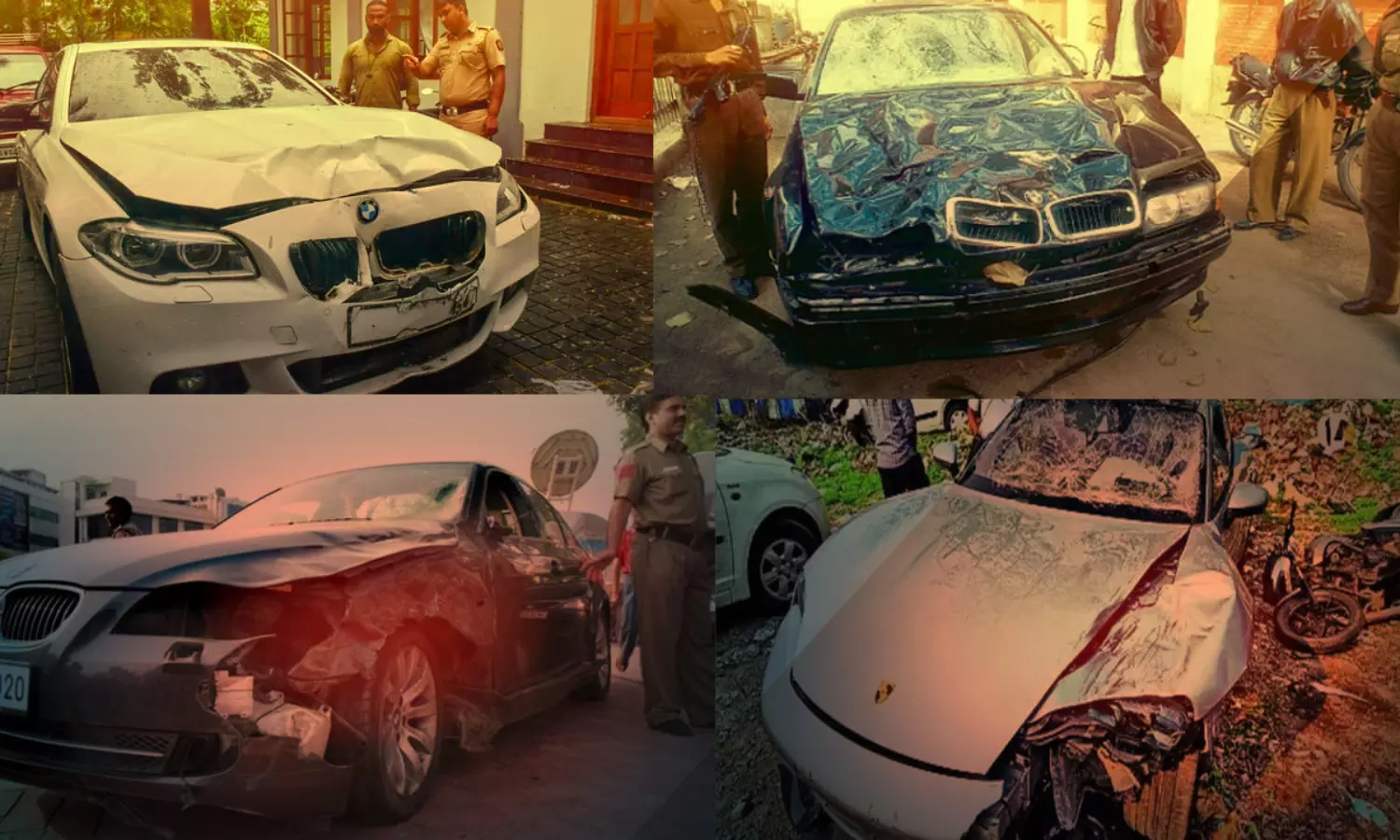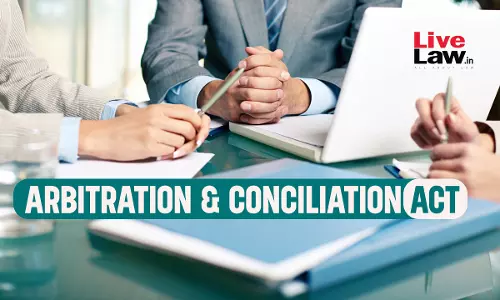
The Motor Vehicle Act, 1988 (“MV Act”) lays down special provisions for compensating the victims of a “hit and run motor accident.” A perusal of the definition of the term “hit and run motor accident” covers those vehicles/wrongdoers whose identity is unascertained, despite reasonable efforts being taken. Nevertheless, victims/representatives of the victims are...
The Motor Vehicle Act, 1988 (“MV Act”) lays down special provisions for compensating the victims of a “hit and run motor accident.” A perusal of the definition of the term “hit and run motor accident” covers those vehicles/wrongdoers whose identity is unascertained, despite reasonable efforts being taken. Nevertheless, victims/representatives of the victims are provided relief compensation in such no-fault liability scenarios.
It is pertinent to note that under the repealed Indian Penal Code, 1860 the maximum punishment for causing death by negligence extended to 2 years. Similarly, the punishment for rash driving likely to cause injury or endanger human life was capped at 6 months.
The present law enforces stringent penalty of imprisonment exceeding 5 or 10 years as the case may be. While the present law is supposed to encourage the wrongdoer to report an accident of hit and run, the result of it is counterintuitive. Section 106(2) of the Bhartiya Nyaya Sanhita, 2023 (“BNS”) provides that a wrongdoer, if found guilty of causing death of a person by way of rash driving and found guilty of not reporting the same to a Magistrate or a police officer, would have an aggravated extended sentence by another 5 years aggregating to 10 years. However, if a wrongdoer has reported such an incident, such punishment shall be only up to 5 years under sub-section (1). The question however is, can a person be compelled to be a witness against themselves.
On a bare reading of the section, while the intention of the Legislature appears to have been enforcing the moral obligation of a wrongdoer running over a person, and providing immediate medical assistance the result seems to be otherwise. From a wrongdoer's perspective, the reporting of an incident is a subterfuge and is equivalent to a confession to a crime, bringing us back to a scenario of no-fault liability and the definition under the MV Act.
Needless to mention, such reporting contravenes the spirit of Article 20(3) of the Constitution of India which immunizes a person accused in a crime from self-incrimination and being a witness against self. This carrot-stick approach of reporting the incident has a counterintuitive effect. Instead of fostering a sense of retribution or encouraging prompt medical assistance, the adverse consequences have made it ineffective. Moreover, while the intention has been to provide immediate medical assistance, Section 106(2) clearly mentions the term “death” of a victim. Therefore, the biggest loophole appears to be reporting only in the instance of death. In cases of grievous hurt, such reporting is not mandated, and there may be instances wherein grievous hurt, if not reported may cause death of a person hours after the incident.
Section 106(2) of the BNS Act reads as follows: “Whoever causes death of any person by rash and negligent driving of vehicle not amounting to culpable homicide, and escapes without reporting it to a police officer or a Magistrate soon after the incident, shall be punished with imprisonment of either description of a term which may extend to ten years, and shall also be liable to fine.”
The author suggests that instead of limiting the reporting of a person only in the event of death, the section ought to mandate all sorts of reporting of incidents of hit and run by any person including the wrongdoer who is near the victim. As a society, and as a human it is every person's moral obligation and civic duty to help each other. Then the idea of rushing the victim for medical assistance would be reinforced by the wrongdoer, when such a victim would be saved by immediate medical assistance and the accused may be liable only for rash driving.
Views are personal.




